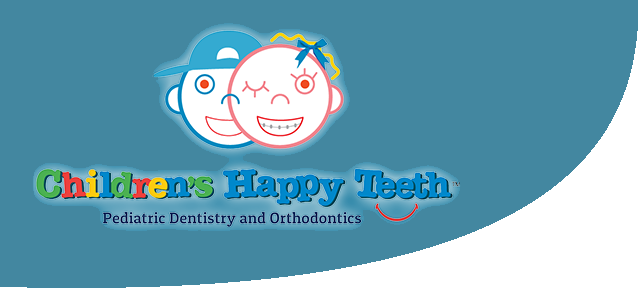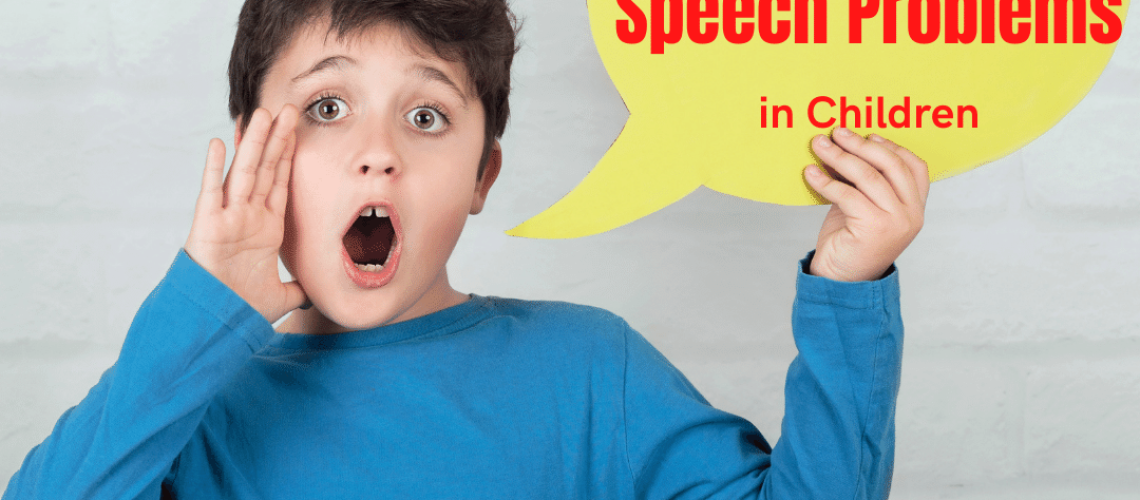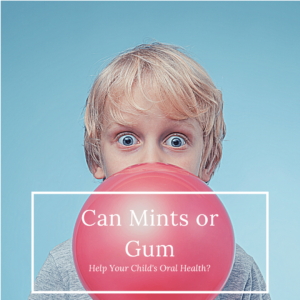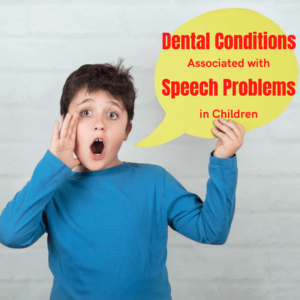Teaching your child to brush and floss is important for many reasons. One of these reasons is that good oral hygiene helps to prevent the premature loss of baby teeth. Prematurely lost baby teeth can cause a range of problems, one of which is speech impairment. This is due to the fact that the oral cavity is the main place where the speech articulation of certain sounds happens.
As any linguist will tell you, different parts of the mouth are used to produce different sounds associated with speech. For starters, vowel sounds are produced by altering the size and shape of the oral cavity, while consonant sounds are produced by altering musculoskeletal valves located within the oral cavity. It is also important to note that your child will learn how to make different sounds associated with speech at different ages. When a child is born, their cry is the first step of sound development. This will eventually develop into babbles during infancy, followed by vowel sounds. Consonant sounds are harder to learn and your child may still struggle with consonant blends (sl, str, bl) even around the age of 4 or 5 years. In most cases, a child is expected to fully develop speech sounds by the age of 8 years.
While prematurely lost baby teeth are a primary cause of speech problems, there are other dental conditions that can also contribute to speech problems in children. These problems can include unusual voice quality, lack of fluency, articulation disorders, or grammatical errors. As a parent, it is important to be aware of these conditions so that you can take the necessary steps to help your child develop proper speech. In some cases, untreated speech problems can lead to permanent communicative disorder.
Cleft Lip and Palate
Cleft lip is a structural anomaly where there is an opening in the upper lip that may extend up into the nose. A cleft palate is another structural anomaly where there is a full or partial opening of the palate (roof of the mouth). Both conditions occur when these tissues fail to join together completely during fetal development and can occur together or separately. Children with a cleft lip and/or palate generally have restricted sound development, lack labial (p,b) and lingual (t,d, k, g) speech sounds, and mainly communicate using glottal articulations (h). This condition can be corrected using surgery and/or speech therapy.
Tongue-Tie (Ankyloglossia)

Tongue-tie is characterized by limited tough movement as a result of a thick, fibrous membrane that connects the underside of the tongue to the bottom of the mouth. Although there is no evidence that shows tongue-tie delays the onset of speech, it can have an effect on speech. Most children with tongue-tie are able to adjust their tongue movements to pronounce sounds, however some children struggle with pronouncing “t,d,n,l,s,z”. This is often highly noticeable when trying to speak rapidly. When tongue-tie is causing problems, surgery and speech therapy can be used.
Mouth Breathing
Mouth breathing is a behavior that occurs while sleeping and is present for a minimum of six months. It can be caused by a blockage in the upper airway, habit, or sagging of the facial muscles. Unfortunately, mouth breathing can alter the growth of orofacial structures and causes the cheek, tongue, and lips to move incorrectly. As a result, mouth breathing can cause problems pronouncing “p,b,m, f,v,s,z”, as well as frontal and/or lateral lisps. Children affected by mouth breathing are also more likely to develop learning disabilities due to daytime sleepiness, immature auditory processing, and poor brain oxygenation.






